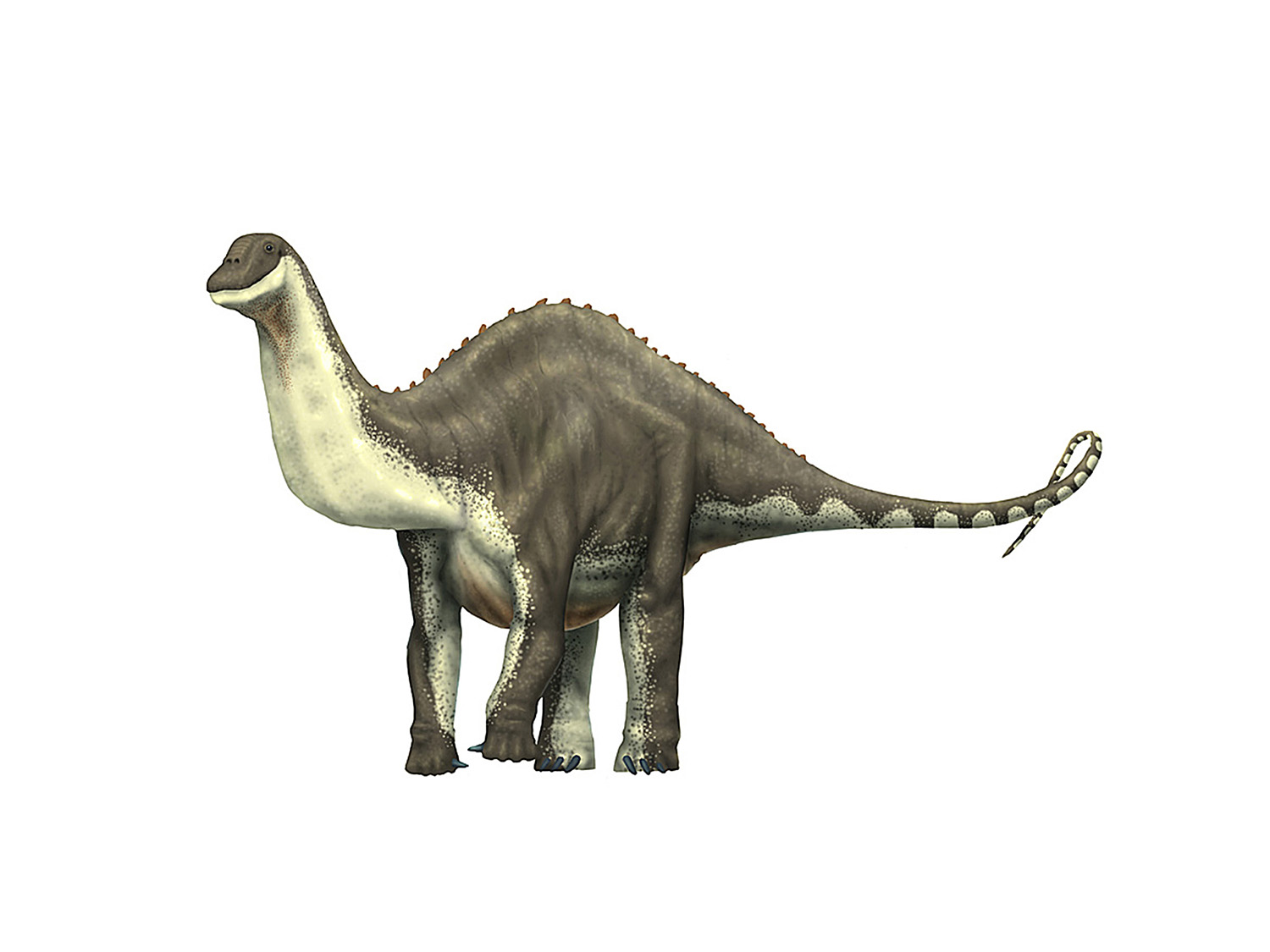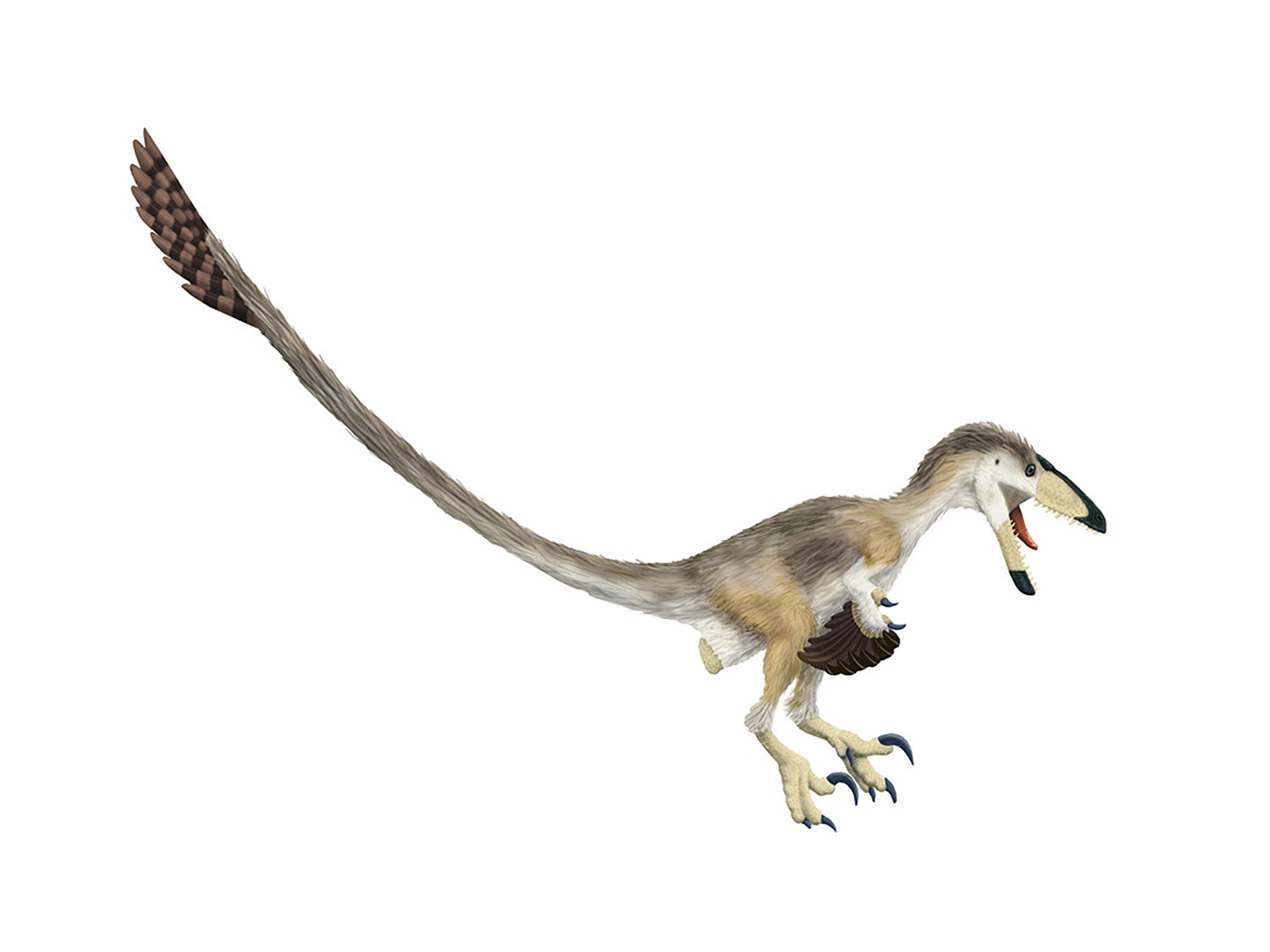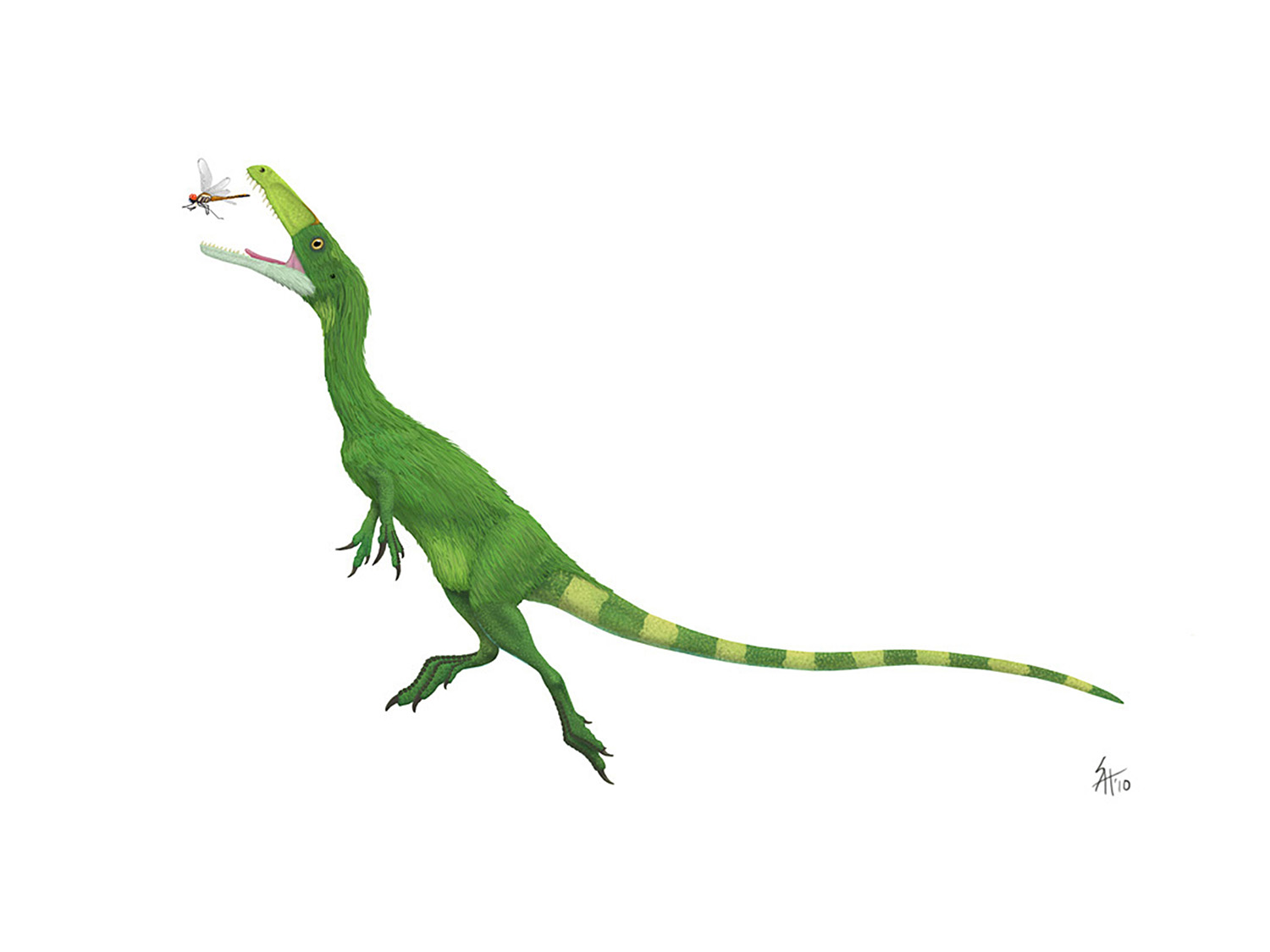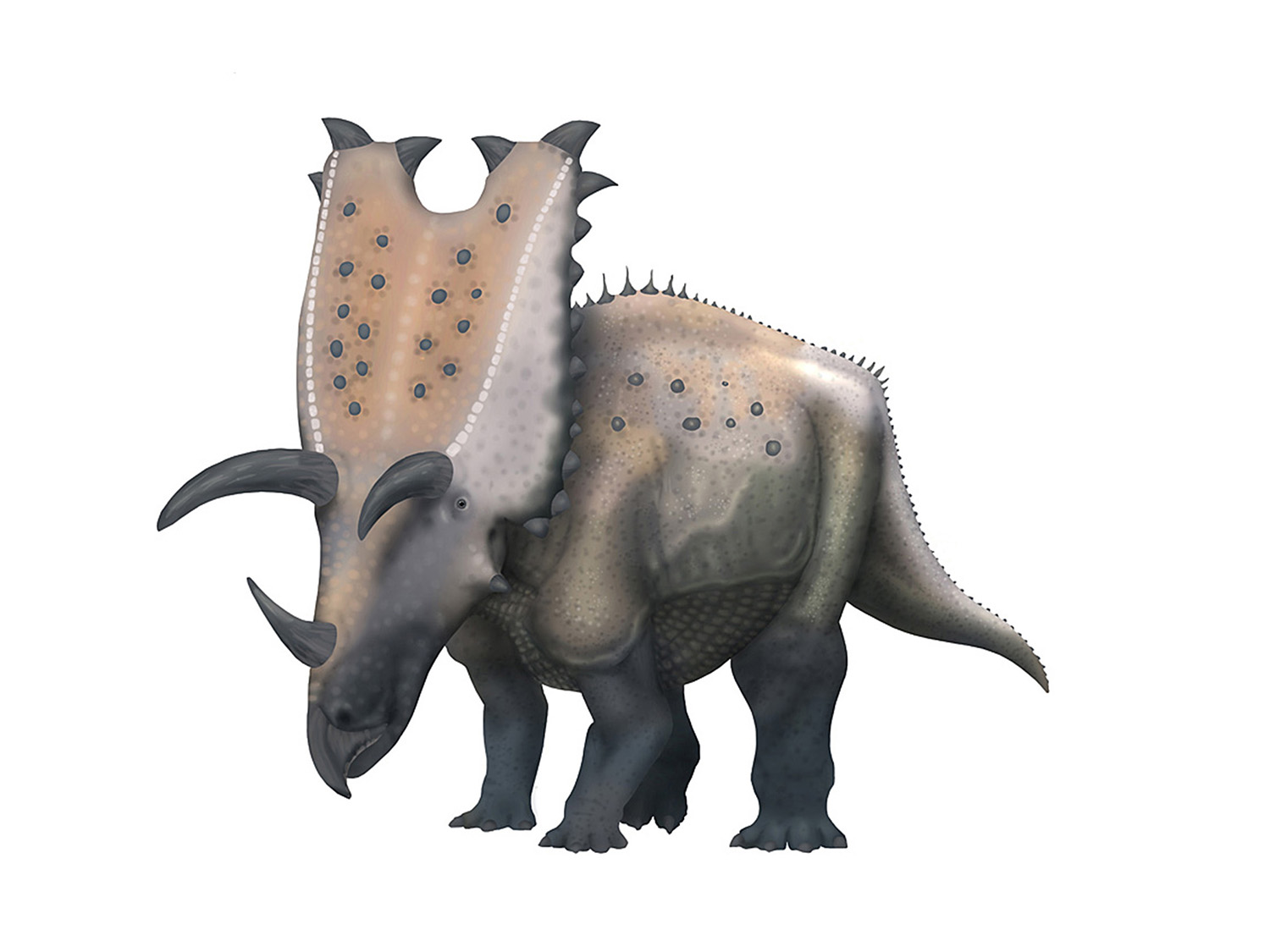A History of Skeletal Drawings: Part 1 (pre-20th century)
/
The ponderous creature you see above is Plateosaurus. The skeletal reconstruction could probably be several posts in itself, but first I’d like to spend some time pondering how we got here. No, no, I don’t mean what link you clicked on to reach my blog, but rather the larger journey taken by scientists and the scientific illustrators that collaborate with them. We're going to spend lots of time dissecting modern skeletal reconstructions and laying out the do’s and don’ts of restoring extinct animals, but first it’s worth reviewing how we arrived at this juncture...
We are enjoying a true renaissance in reconstructing dinosaurs (and other extinct forms). But every renaissance is rooted in a larger context, and given the discussion going on in our profession right now I think it behooves us to pause and look back at that history. With a better understanding of how the modern form appeared we should also take a moment to gather ourselves and contemplate future of the format, and what can be done to best secure it (well, in Part 2 anyways).
The Beginning: Skeletal reconstructions prior to the 20th century
In terms of peoples' general awareness, I imagine we could sum up the origins of the modern skeletal drawing something like this:
In the beginning there was Bob Bakker, and he decided to reconstruct some skeletons against a black silhouette, and he saw that it was good. On the second day he showed the format to Greg Paul, who took the format and multiplied it, and they saw that it was good. And they told the other scientific illustrators to go forth and populate the field with reconstructions, and everyone saw that it was very good indeed.
Obviously both men made immense contributions to the field, and continue to popularize our modern conception of skeletal drawings, but they don't exist in a vacuum. In fact, there are so many candidates for a discussion of where anatomical illustrations began that we need to set some ground rules in order to avoid a semester’s length art history lesson. For example we could examine ancient anatomists, but (not surprisingly) they were largely concerned with human anatomy, for both medical and artistic reasons. Many of these classical works are lost to us (as are as many of the anatomical works produced by Byzantine and Muslim researchers during medieval times) but the other problem is people aren't extinct.

(A Leonardo da Vinci skeletal reconstruction - Fatally flawed by its non-fossil subject matter.)
So instead let’s pick things up where paleontology gets involved. While the modern field of comparative anatomy is usually traced to the 17th century, it wasn't until the late 18th century that Georges Cuvier added extinct animals into that equation...and after all, that’s what we’re here for, right?
As many of you are aware, Cuvier was the gentleman who demonstrated that, unlike diamonds, species don't last forever. As head-bludgeoningly obvious as that may seem today, it was quite the intellectual coup in the late 1700s. Flush with his success in establishing extinction, and excellent anatomist that he was Cuvier started to provide reconstructions of fossil animals fairly quickly.

(One of Cuvier's extinct elephants.)
It should be noted, however, that Cuvier was scooped in creating the first skeletal reconstruction of an extinct animal; that honor lies with Juan Bautista Bru, who did an illustration of a mount of a giant ground sloth in 1793 (later to be named Megatherium by Cuvier).

(The first Megatherium in a very stiff looking pose. Still, being the first ever skeletal reconstruction of an extinct animal we need to cut J. Bru some slack.)
And thus was established the basic idea of using a skeletal reconstruction to convey the anatomy of an extinct form. Cuvier may not have originated the idea, but he clearly popularized it. Modern conventions are evident even in these first attempts; the animals are posed in lateral view, and the pose is selected so as to better show off the anatomy and minimize parallax. In the early 1800s Cuvier introduced a subtle refinement, the use of a human to show scale:

(From Cuvier's 1821 Théorie de la terre.)
The illustration forsakes true side view, but in exchange makes an attempt to convey the size of the animal to the reader. Cuvier also made the next conceptual leap in reconstructing skeletons - that of restoring an outline around the skeleton to suggest the life appearance of the animal. Sadly, this was an innovation he kept to himself; as lovingly detailed in the book Scenes from Deep Time Cuvier never published these illustrations out of fear that they would make his work seem too speculative. Yet the unpublished skeletal reconstruction of Anoplotherium is so far ahead of its time it would not look out of place in a modern publication:

(Why Georges, why???)
Cuvier’s fear of damaging his scientific reputation meant someone else would have to introduce the concept of a body outline to skeletal reconstructions. And as it turned out it there was a group of fossils that were ideal for inspiring the reconstruction of outlines: Pterosaurs.
When pterosaurs were first discovered paleontologists weren't quite sure what to think of them. The first fossils were mistakenly thought to be as from aquatic animals. Even as further discoveries clarified the anatomy of pterosaurs, the very idea of "flying reptiles" flew in the face of Victorian era assumptions of what a reptile was supposed to be. Cuvier, always a paleontological busy-body, was the first to suggest pterosaurs flew in 1801. This ignited a debate that would rage for several decades, and as a result reconstructions of the wings became Real Science (TM) as a way to demonstrate the flying hypothesis.

(Almost an outline!)
In 1812 Samuel von Sömmerring did just this, providing a skeletal reconstruction that included his view of how the wings should be restored. While this isn't a full outline, the fact that pterosaurs had such extensive wing coverage means the it's largely just the head and neck that don't have an outline around them.
This debate was to rage on until the 1830s, and included several rounds of debate as to the proper way to restore the behavior and habitat of pterosaurs...but the important point for our story is that some of those scientists published the first complete outlines with their skeletal reconstructions, like Wagler's swimming Pterodactylus in 1830 (below).

(Not totally correct - but definitely an outline!)
It's worth noting that while Wagler was not correct about the aquatic habitat, the skeleton still shows great attention to the basics of proportion, and getting overall size and shape of the skeleton correct.
It's possible that restoring outlines around skeletal reconstructions could have remained a niche affair for pterosaur workers, but starting in the late 1840s Sir Richard Owen started to adopt the conventions and many of his vertebrate paleontology papers are teeming with outlined skeletals, like the Palaeotherium below:

Owen not only popularized the convention within scientific publications, but his work made an impression on the general public as well. Perhaps the most famous (and certainly one of the most lavish) example is Owen's skeletal reconstruction of Megalosaurus that served as a guide for sculptor Waterhouse Hawkins when he created the famous sculptures at the Crystal Palace. The illustration is not only one of the earliest dinosaur skeletal reconstructions, it also is one of the first to have the good sense to indicate which bones are actually preserved (in this case, not too many!).
At a time when Darwin was still mulling over his abstract on the impermanence of species, many of the tenets of modern skeletal reconstructions had become widespread. Darwin’s friend and bulldog Thomas Henry Huxley actually produced one of the first modern-looking dinosaur skeletals in his 1876 work defending evolution in Popular Science Monthly.

(Huxley's 1876 reconstruction of Compsognathus)
So 3/4s of the way through the 19th century it was common to provide skeletal reconstructions of extinct animals. They were done habitually in side view, great care was paid to reconstructing the proportions of the animals, and there was lively variety in terms of providing scale and conveying the completeness of a specimen. At this point I feel we could have expected ever more refined attempts at reconstructing skeletons, but a funny thing happened: war broke out.
The great bone wars of North American lead to a then unimaginable treasure troves of dinosaur fossils, and subsequently many important additions to our knowledge of dinosaur anatomy and diversity. Yet it also lead to stagnation in the portrayal of skeletal reconstructions, and even a move backwards away from accuracy. The great monographs of Cope and Marsh are often viewed as a sort of golden age in pure descriptive paleontology. They are filled with dozens of plates of individual bones rendered at great time and expense. Yet gone are the attempts to place an accurate outline around skeletons; the skeletal drawings themselves are often careless with the number of vertebrae restored and are generally less accurate in capturing the actual proportions of the animals they represent.

With a few notable exceptions (i.e. the Scaphognathus in Seeley’s popular book Dragons of the Air) the business of trying to reconstruct dinosaurs would have to wait until after WW1. And that is where we'll pick up in part two, as we trace the fall and rise of the modern skeletal reconstruction across the 20th century, and up to the present.

(From Dragons of the Air, 1901, page 163.)
References:
Cuvier, G. (1821) Théorie de la terre.
Cuvier, G. (1825) Recherches sur les ossemens fossiles, vol. 1, p. 248.
Huxley, T.H. (1876) Professor Huxley's Lectures I. Popular Science Monthly, vol. 10, November.
Owen: R. (1860) Palaeontology: or A systematic summary of extinct animals and their geological relations. A. & C. Black. 420 pages.
Rudwick, M.J.S. (1995) Scenes from Deep Time. University of Chicago Press, 294 pages.
Seeley, H.G. (1901) Dragons of the Air. William Brendon & Son, Plymouth.
Note: I'd like to thank Mike Hansen, who drew my attention to the role that pterosaur skeletal reconstructions played in the origin of body outlines. You can see his DeviantArt page here.
.



















